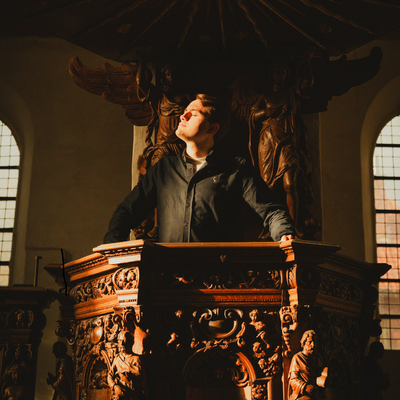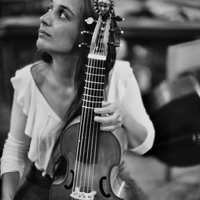Une Vénitienne à Paris
As a world city and gateway to the Orient in Europe, the Republic of Venice gave rise to a social life that was freer than that of the Italian princely courts (Carnival lasted several months!). This is undoubtedly one of the reasons why artistic creation by women flourished here from the 16th century onwards. Venice was also a renowned publishing centre, which saw the appearance of the first printed musical publication in 1501, enabling the repertoire to be widely disseminated.
Maddalena Casulana was the first woman to publish music (5 books of medrigals) at the end of the Renaissance. In a preface, she declared: "I want to show the world, as far as I can in this profession of musician, the error that men make in thinking that they alone possess the gifts of intelligence and that such gifts are never given to women".
In the Baroque period, Barbara Strozzi and Antonia Bembo (both students of Cavalli) managed to reconcile a career as opera singer with that of composer.
A Venetian in Paris is the story of the hectic life of Antonia Bembo (1640-1720), who married, had three children and then filed for divorce on grounds of adultery and negligence. She lost her case and left Venice to spend the rest of her life in Paris under the protection of Louis XIV, without ever seeing her children again.
Distribution






